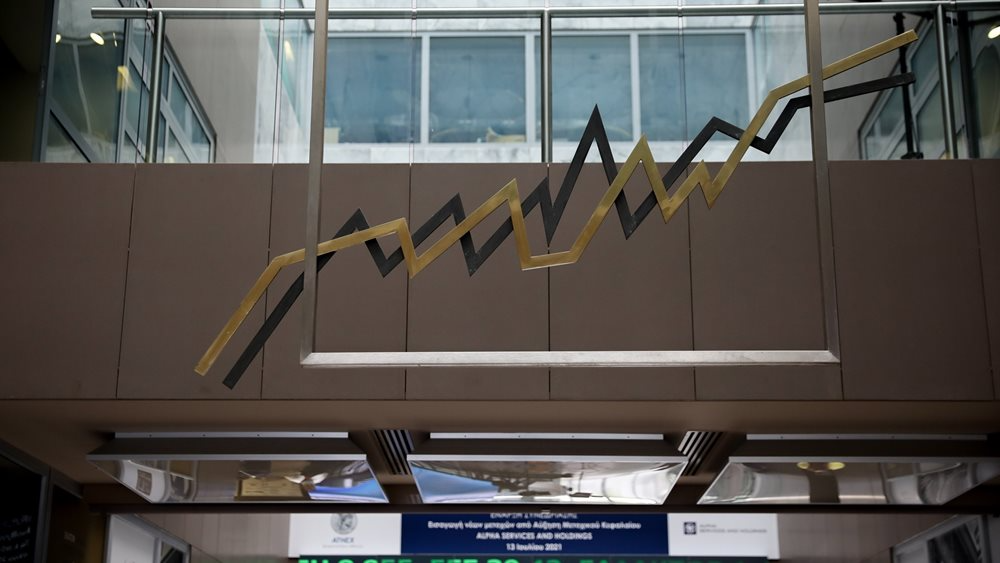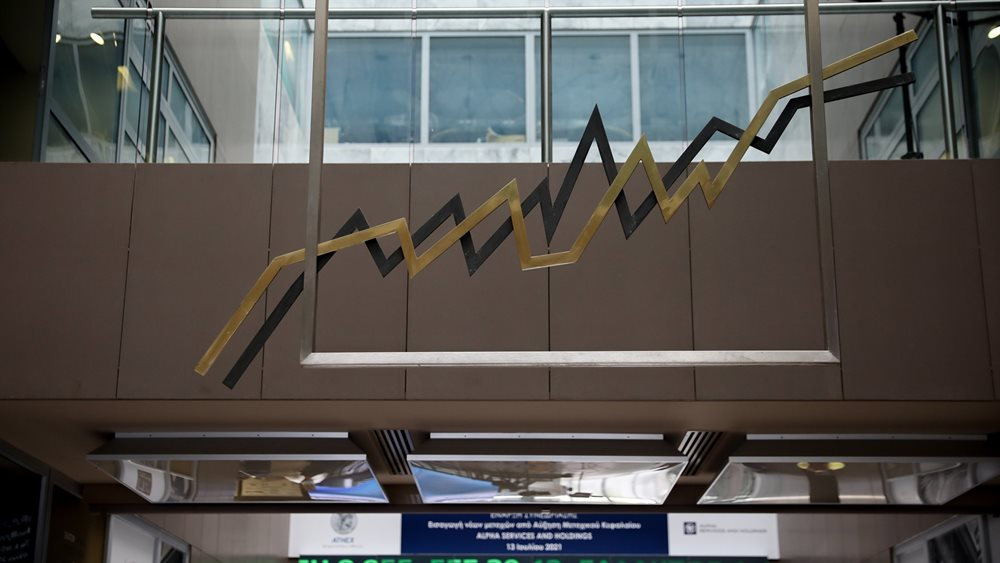
The country's hotels seem to be ready for the new preferences of tourists in a year when tourism is heading towards a new record, with arrivals estimated at 36 million for the whole year. This is the conclusion of a survey by the National Bank of Greece, which also foresees a trend of a temporal expansion of the tourist product. In detail, the National Bank's Sentiment Survey of a sample of 200 SMEs in the hotel sector found:
- increased interest in digital services, local activities & products (87%, 82% and 78% of the sector, respectively)
- weakened interest in all-inclusive services (30% of the sector)
According to the survey:
- 44% have adapted to new needs (e.g., 44% have adapted to new requirements (e.g. partnerships with local businesses),
- Interest in further relevant actions is expressed by 1/4 of the SME sector
- 57% of medium and small enterprises (with a turnover between €0.5 and €10 million) have adapted to new requirements (e.g. partnerships with local businesses),
- Interest in further relevant actions is expressed by 1/4 of the SME sector
- 57% of medium and small enterprises (with a turnover between €0.5 and €10 million) have adapted to new requirements (e.g. partnerships with local businesses). and have already adapted their strategy to the new trends (compared to only 1/4 of micro),
- about 3/4 of SMEs participate in local associations and promote local products, compared to about 1/3 of micro,
- SMEs with related activities maintain more positive demand expectations (Confidence Index 42, compared to 33 for other hotel SMEs), especially in spring 2024.
THE SMALL ADVANTAGE
However, micro hotels (with a turnover of less than €0.5 million) have characteristics that could give them a comparative advantage, according to the report. These mainly relate to closer links:
- with their customers, since three quarters of bookings are made through direct contact (either via an online platform or personal communication), compared with 53% in larger hotels, which rely to a greater extent on agencies.
- with their staff, numbering 10 employees on average (compared to 65 in other SMEs), with almost 70% being stable partnerships (compared to 52% respectively), creating conditions for providing quality services
END OF SEASON
The report also reaches another interesting conclusion: the 2024 trajectory shows that a trend of decreasing seasonality in the tourism product is beginning to establish itself. Share over 12 months: Spring 2024: 16% (+2%) or 5 million tourists Spring 2023: 14% or 4 million tourists And it predicts a continuation of this due to a broad base of support between air and road arrivals (21% and 20% per annum, respectively) and source markets (rather than a single country-specific effect). Indeed, the majority of source countries saw strong tourist arrivals performance in the spring, up 22-24%, an acceleration compared to the previous twelve months (up 7% on average).






